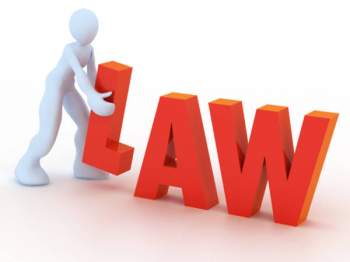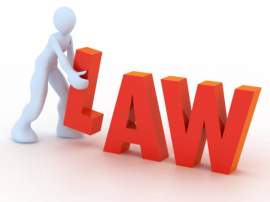
Who are the Parties in a Crime?

Popular In Paralegal
Defendants Right To Appeal Common Law Heritage Functions Of Law Infancy Insanity Intoxication Judicial Interpretation Common Law Legal Analysis Litigation Pretrial Motions Third Party Rights Legal Research Validation Roles Of Paralegals In Adr Paralegal Classification Of The Law
In litigation there is generally two parties: the plaintiff and the defendant. A plaintiff is the party who brings suit against another individual, or group of individuals, and is also known as the complainant. The plaintiff seeks a legal remedy or some kind of compensation from the defendant in order to make up for the injuries or damages that were caused by the defendant's actions. It is the duty of the plaintiff to file pleadings that detail the alleged wrongdoing of the defendant and demand a remedy for damages. These pleadings are served on the defendant, usually by a process server.
The defendant is the party who is accused of wrongdoing by the plaintiff. In some cases, the defendant is also referred to as the respondent. In criminal law, the defendant is often forced to appear before the court due to an arrest warrant. If the defendant is found liable for wrongdoing he may be responsible for compensation to the plaintiff, or if he is charged with a crime he will be punished accordingly. In criminal law, the position of plaintiff and defendant may consist of many individuals. Often a plaintiff in a criminal case is a representative of an injured party or the general public. A defendant may be the wrongdoer or a group of people accused of various degrees of wrongdoing.
NEXT: Finding & Interpreting Statutory Law



















